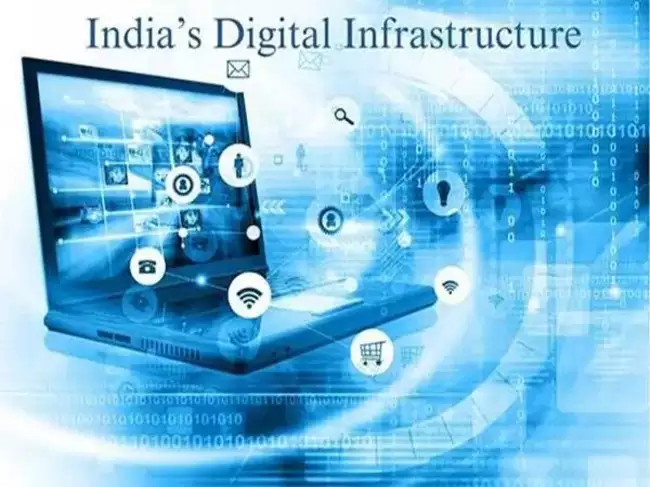Generative AI Set to Revolutionize Global Productivity by 2027

Zurich, Switzerland - According to a report from the World Economic Forum (WEF), over 60% of global manufacturers plan to use generative AI as a tool to boost expertise and mitigate the growing shortage of skilled labor by 2027. The technology will capture the knowledge and experience of retiring employees and transfer it to the next generation, thus bridging the skills gap.
When combined with digital twins, the impact of AI becomes even more pronounced. Digital twins enable organizations to create realistic simulations and make precise predictions, leading to enhanced performance monitoring and optimization.
The report by WEF is a testament to the power of technologies like AI in enhancing productivity and creating new opportunities across industries. For instance, in the IT sector, digitalization has transformed the way IT administrators work. Instead of serving 1,000 tickets daily, they can now handle up to 100,000 with improved efficiency.
The dynamics of this transformative change are expected to unfold as digital technologies become standard across more industries, according to WEF. By combining these innovations with industry-specific knowledge and expertise, cutting-edge solutions will be made more accessible and the pressing challenges facing modern society will begin to recede.
WEF chairman, Klaus Schwab, believes that "the future of our world is a potential consequence of how we embrace and deploy technologies today." The organization highlights AI's ability to transform data into actionable insights, combined with digital twins, which can reveal inefficiencies, predict outcomes, and enable smarter decision-making.
AI is set to unlock immense value across various sectors. In the manufacturing sector, it can collate vast amounts of data from machines and automate quality control processes, reducing manual labor requirements by 95%. The technology also applies to healthcare, assisting with image interpretation like MRI scans and X-rays, healthcare agriculture, where robots can identify ripe fruits for picking, building optimization, and increasing energy efficiency.
As global productivity gaps continue to rise, it is crucial that we adopt digital strategies and refresh the economic landscape with technologies such as AI.
